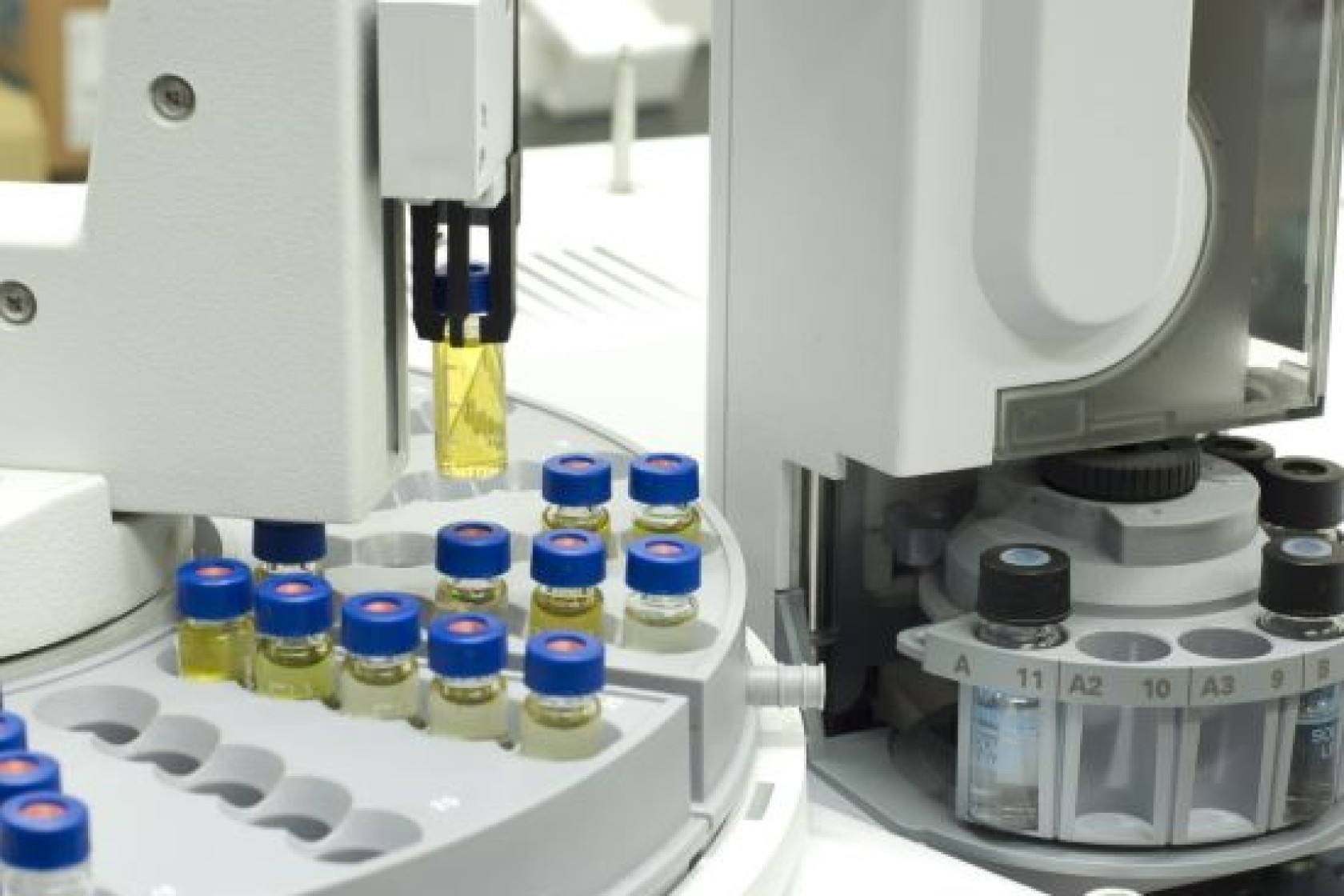NORMAN guidance on suspect and non-target screening in environmental monitoring
The NORMAN network provides guidance on performing high quality non-target screening (NTS) studies and data interpretation while increasing awareness of the promise but also pitfalls and challenges associated with these techniques.

 |
The NORMAN network enhances the exchange of information on emerging environmental substances, and encourages the validation and harmonisation of common measurement methods and monitoring tools so that the requirements of risk assessors and risk managers can be better met. It specifically seeks both to promote and to benefit from the synergies between research teams from different countries in the field of emerging substances. |
Harmonizing non-target screening
Increasing production and use of chemicals and the awareness of their impact on ecosystems and humans, has led to large interest for broadening the knowledge on the chemical status of the environment and human health by suspect and non-target screening (NTS). To facilitate effective implementation of NTS in scientific, commercial and governmental laboratories, as well as acceptance by managers, regulators and risk assessors, more harmonisation in NTS is required. To address this, NORMAN Association members involved in NTS activities have prepared a guidance document, based on the current state of knowledge.
Offering guidance in a rapidly evolving field
Guidance is provided for all steps; from sampling and sample preparation to analysis by chromatography (liquid and gas) coupled via various ionisation techniques to high-resolution tandem mass spectrometry (HRMS/MS), through to data evaluation and reporting in the context of NTS.
Although most experience within the NORMAN network still involves water analysis of polar compounds using LC–HRMS/MS, other matrices (sediment, soil, biota, dust, air) and instrumentation (GC, ion mobility) are covered, reflecting the rapid development and extension of the field. Due to the ongoing developments, the different questions addressed with NTS and manifold techniques in use, NORMAN members feel that no standard operation process can be provided at this stage.
Supporting experiences and data sharing
The guidance introduces appropriate analytical methods, data processing techniques and databases commonly compiled in NTS workflows, their limitations are discussed and recommendations for different cases are provided. Proper quality assurance, quantification without reference standards and reporting results with clear confidence of identification assignment complete the guidance together with a glossary of definitions.
The NORMAN community greatly supports the sharing of experiences and data via open science and hopes that this guideline supports this effort.
The “NORMAN guidance on suspect and non-target screening in environmental monitoring” by Hollender, J., Schymanski, E.L., Ahrens, L. et al. was published in Environmental Sciences Europe on September 4th 2023.
Share this post!






